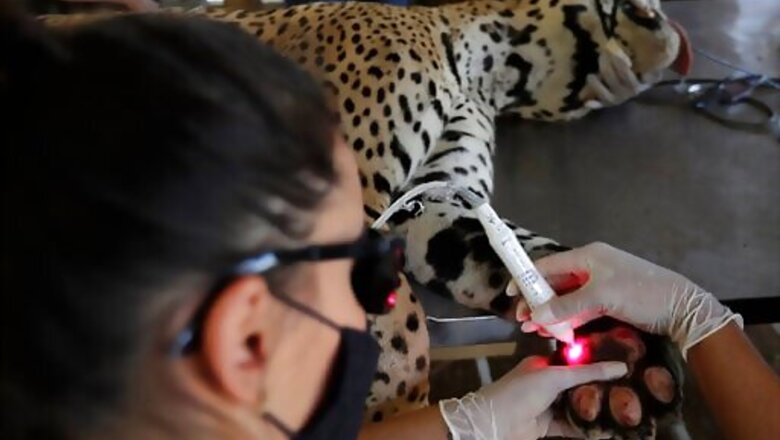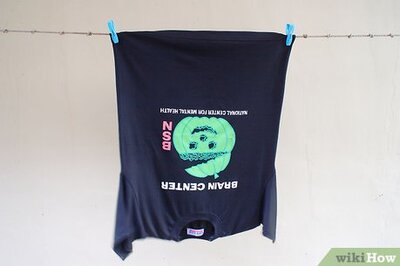
views
CORUMBA DE GOIAS, Brazil: In 20 years, veterinarian Daniela Gianni had never seen a jaguar burned as badly as Amanaci, a female injured in the wildfires crackling through Brazil’s vast Pantanal wetlands.
After 13 hours of overland transport, Amanaci arrived for care on Aug. 21 at the NEX Institute in the Brazilian state of Goias, where Gianni and other veterinarians have since been working to heal her.
Amanaci had third-degree burns on the pads of her paws and belly, dead tendons and exposed bone. Her mammaries were swollen with milk, which Gianni said made plain the cause of her severe wounds.
Jaguars can run and hide, they can protect themselves from fire, but this is an animal that spent a lot of time walking on embers, probably to save one or more cubs, Gianni said at her facility on Sunday.
Amanaci was discovered alone and distressed in an abandoned hen house, with no cubs anywhere to be found.
The Pantanal teems with animals and is a popular ecotourism destination. In its dry season, wildlife enthusiasts flock to see the normally furtive felines lounging on riverbanks, as well as giant river otters, caimans and capybaras.
But this year the worlds largest tropical wetlands are fully parched, and have experienced the greatest number of fires since records began being kept in 1998. Pantanal vegetation regenerates quickly once rains fall, but many animals have perished. Others were forced from their habitat or injured, leaving veterinarians scrambling to provide care.
Gianni is the operational coordinator of the NEX Institute, an organization that defends wild cats, and which is using experimental stem cell treatment to tend to jaguars wounds. NEX treated its first feline with stem cells nine years ago, for a fractured front paw. The other two are recent victims of the Pantanal wildfires.
Amanacis first three rounds of injections were with stem cells harvested from the jaguar that NEX treated nine years ago. Amanaci has since had 13 applications, including one on Sunday, all done using her own genetic material.
That really speeds up the healing, Gianni said.
Stem cells have generated excitement for their potential to help both people and animals heal quickly, but more research is needed to determine the effects of treatment, according to Jamie Peyton, chief of the integrative medicine service at the University of California, Davis, veterinary teaching hospital. Peyton in 2018 utilized tilapia skin to heal severe burns of two black bears and a mountain lion cub rescued from California fires after learning about the practice in Brazil for human burn victims.
Stem cells are definitely out there, but its not a standard treatment for wounds just yet because we still need more information, Peyton said by phone, as she tended to animals injured by this years California fires. Its always so exciting when people are thinking outside the box, especially for wildlife.
The Pantanal wildfires have consumed 22% of the biome this year, an area bigger than Belgium, according to a satellite laboratory at the Federal University of Rio de Janeiro. It is also more than double the 5,625 square miles burned in California this year, according to the California Department of Forestry and Fire Protection.
The Pantanal is suffering its worst drought in nearly a half century, with temperatures exceeding 40 degrees Celsius (104 degrees Fahrenheit).
NEX veterinarians bestowed the name Amanaci which means goddess of the waters in the Tupi language on this female. It is one of four individuals that have been rescued from the Pantanal, while another died, according to Panthera, an international wild cat conservation organization that says the habitat of up to 600 jaguars has burned in 2020.
While Amanacis treatment is proceeding well, she may never return to the wild, Gianni said. Amanaci is unlikely to be able to defend herself, run quickly or climb trees. Instead, she will probably live at the institute along with the 23 other jaguars it houses.
She may have no way to survive out there, Gianni said. But were hoping for a miracle.
Disclaimer: This post has been auto-published from an agency feed without any modifications to the text and has not been reviewed by an editor


















Comments
0 comment